Question from Jasmine
Dear tutors,
I am very interested in figurative art. Some works of art that have a great deal of emotional impact; you can almost see the soul of the model(s). They make you wonder who they are or what their story is. And there are other works that just leave you cold, no matter how skillfully they are done.
What makes the difference? Is it merely in the facial expression, or is there more? How should an artist convey emotions in his or her work without being too obvious?
What about narrative portraits? How many clues should you give the viewer about what is going on without killing the mystery?
I would really appreciate your advice and guidance!
Best regards!
Jasmine
Thank you for your question.
As you stated (quite correctly), portraying human emotions depends not just on artistic skill; it is a very complex matter.
We humans are social creatures, and our success and comfort depends on recognizing the emotions of our fellow humans.
We learn to recognize faces very early in life, including recognizing and understanding emotions.
Figurative fine art is a silent and static media. A fine artist can portray emotions in various ways:
- By depicting facial expressions. Here, the knowledge of the muscles of the human head and its anatomy becomes invaluable
- By portraying a body language. You can consult the principal book on this topic: “BODY LANGUAGE IN FINE ART: How to Read Old Masters’ Paintings – Secrets of Body Language In Figurative Fine Art, by Vladimir London.
- By arranging the composition of a work of art in such a way that it conveys emotions and feelings.
- By using certain colors that evoke emotions.
- By combining all of the above.
This list is not exhaustive, and I welcome all readers to contribute suggestions by commenting on this page.
Thanks you for your input.
Kind regards,
Vladimir London
Drawing Academy Founder and Tutor
Yasmin Ma
Thank you for your answer, dear Vladimir!
I just purchased my copy of Body Language in Fine Art and can’t wait to read it.
But would you please expand upon the third and fourth points a little?
Feedback from Vladimir London
Yes, Yasmin, please see a few paintings that illustrate my points below.
Artwork Composition
“The Last Day of Pompeii,” by Russian classical artist Karl Brullov, has a striking composition that reflects the horror of Pompeii’s citizens as they faced imminent death during the catastrophic eruption of Mount Vesuvius.
The rhythm of figures and falling statues, the black and red sky, sharp angles and diagonal lines – all convey the panic and tragedy of this event.
Colors
In this painting, Sergey Marshennikov, a contemporary Russian artist, uses light and calm colors to portray the quiet rest of the model.

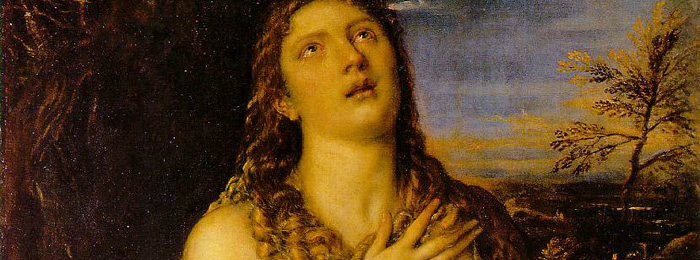
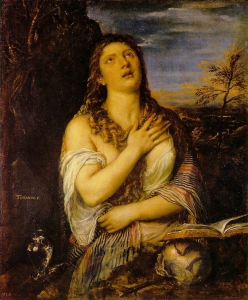
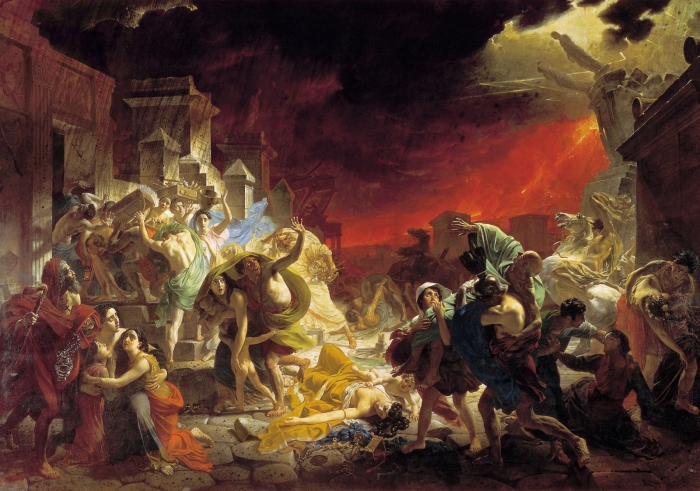
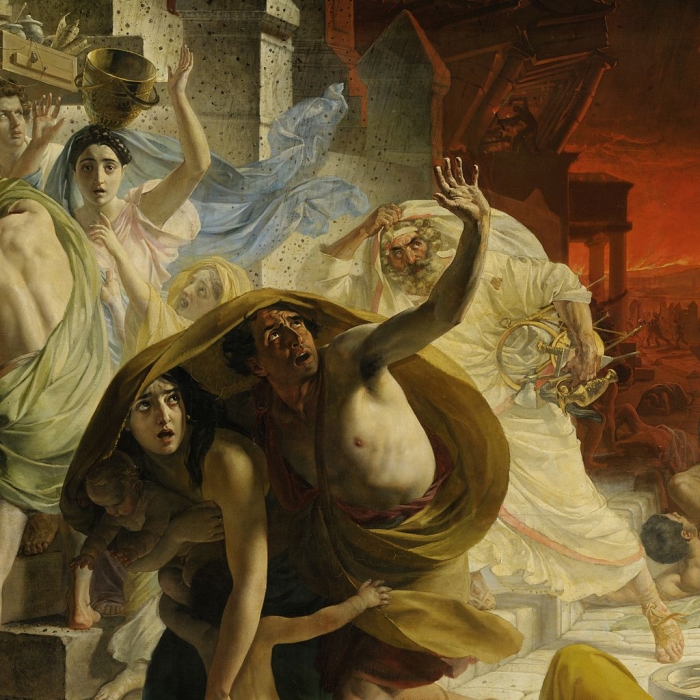
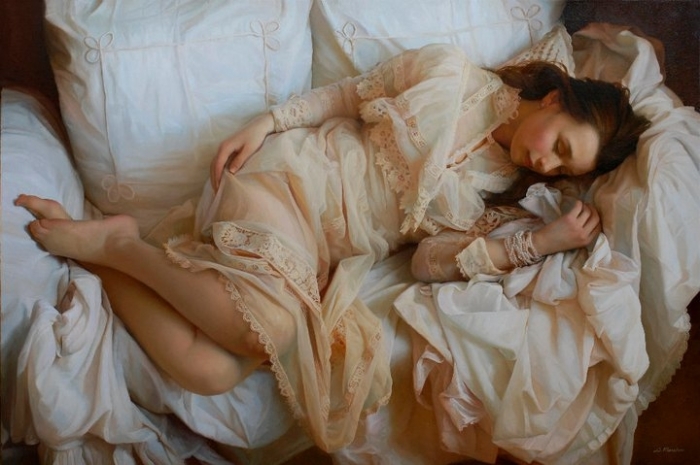




Thank you for your answer dear Vladimir! I just purchased my copy of Body Language in Fine Art and can’t wait to read it.
But would you please expand upon the third and forth point a little?
Very helpful! Many thanks for taking the time to answer my questions!